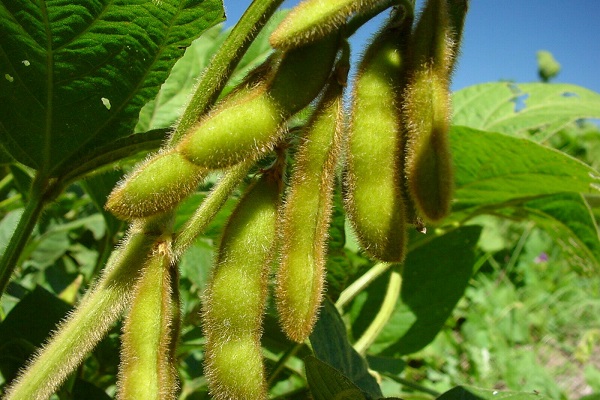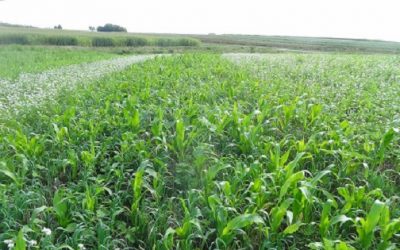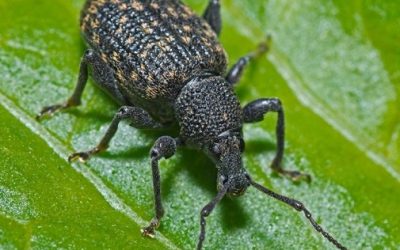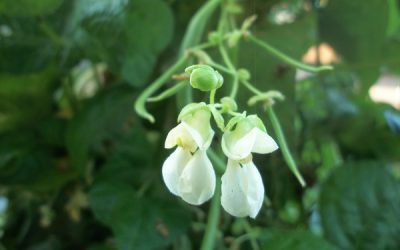Best high yielding Soybean varieties identified

Through joint research between the Ministry of Agriculture Animal Industry and Fisheries (MAAIF) through the Vegetable Oil Development Project (VODP2), the National Agricultural Research Organisation (NARO), Makerere University through the College of Agricultural and Environmental Sciences and other partners, a number of soybean varieties farmers can grow to maximise profits have been identified.
According to the Ministry of Agriculture, the improved soybean varieties that have been released in Uganda to boost the productivity of Soybean include Maksoy 1N, Maksoy 2N, Maksoy 3N, Maksoy 4N, Maksoy 5N and Namsoy 4M.
The ministry says these varieties are high yielding, early maturing and disease resistant.
“The National Soybean Breeding Programme alone which is based at Makerere University has bred, developed and released four improved soybean varieties that are high yielding (can yield between 2000 and 3000kg per hectare), early maturing (can mature within 95 to 105 days) and disease resistant,” revealed the ministry.
Quality planting materials for these varieties can be accessed at centres of the partners listed above and certified seed companies.
Buyers are advised to only buy seed from outlets certified by the Ministry of Agriculture, Animal Industry and Fisheries.
Earlier alone, the Ministry took efforts to educate the public on standard guidelines for planting soybean for maximum output as developed by the Vegetable Oil Development Project.
Through their Strategic 12 Campaign, the ministry said that soybean is an annual, leguminous, normally bushy and erect plant that takes 90 to 105 days to mature.
“Soybean produces a number of small pods containing one to four seeds that are usually round and either yellow or black in colour,” said the ministry.
It is also preferred as a contributor to nitrogen fixation that improves soil fertility.
The ideal area for planting Soybean should have soils that are deep and well-drained.
Soybeans also require a fine seedbed with fertile loam soils to ensure good crop growth and development.
Tillage for Soybean requires one ploughing and harrowing can be carried out once or twice.
In fields where inoculated soybean has never been grown, seeds should be inoculated with Rhizobium japonicum (1 sachet of MAK BIO-NFIXER inoculum mixes 15 kg of seed).
Spacing for soybean is dependent on the method of planting used. When planters are used, one seed per hole should be planted at a spacing of 60 cm between rows and 5 cm between plants.
Where dibble method is used (where planting holes are made in the soil with a pointed tool or a hand hoe) three seeds should be planted per hole at a spacing of 50cm between rows and 25cm between plants.
The ministry also recommends a seed rate of 20 to 25kg per acre.


